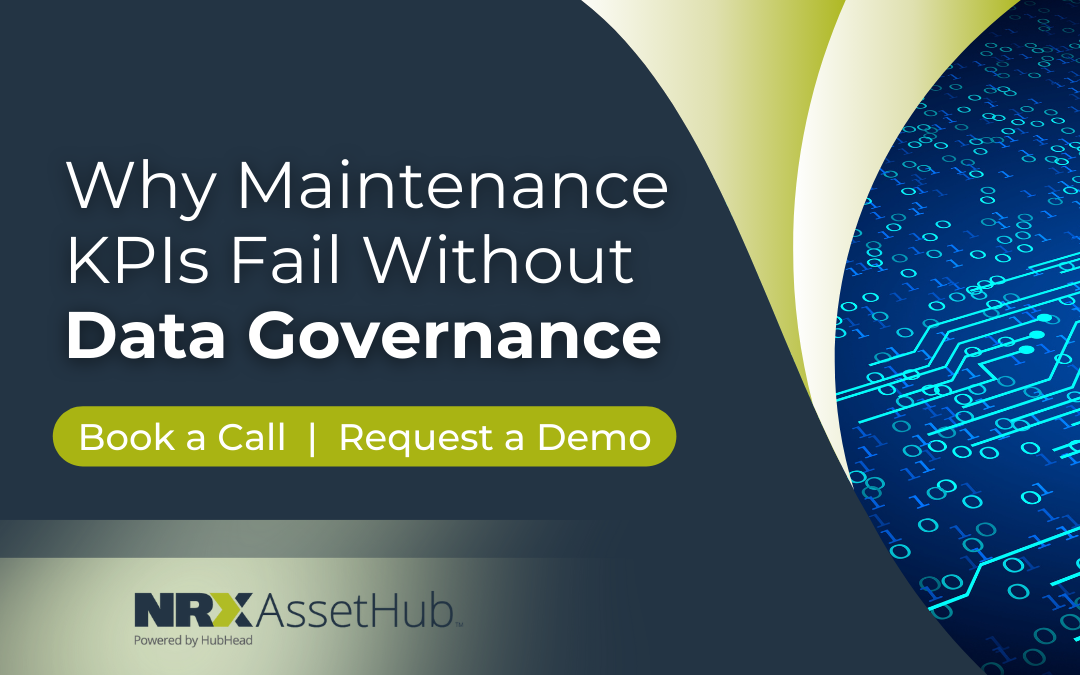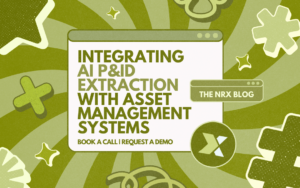On Monday morning, a maintenance manager opens the weekly report and sees PM compliance at 92%, yet crews are still firefighting. The numbers look fine; the plant does not. That disconnect often traces back to the same root cause: the data feeding those KPIs isn’t governed. The impact isn’t theoretical. Industry research estimates that poor data quality costs organizations at least $12.9 million per year on average, a figure that shows up in rework, delays, and decisions made on shaky ground. In maintenance, that means MTTR, MTBF, and schedule adherence can look healthy while reality tells a different story.

Understanding Data Governance
Think of governance as the “rules of the road” for maintenance data. It defines who owns equipment and location records, how BOMs and task lists are created or changed, and which checks must pass before anything reaches your EAM/CMMS. The latest ISO 55001 revision underscores this by strengthening the link between reliable information and decision‑making across the asset lifecycle. In practice, governance turns raw records into decision‑ready information so managers can trust what KPIs say about performance.
Where Governance Fits in EAM
The cracks appear where master data meets daily work. A duplicated pump record can split histories and inflate MTBF. Non‑standard failure codes can blur the true drivers of MTTR. Missing or inaccurate BOMs slow kitting, so schedules slip even when plans look tight. Standardizing reliability data structures with ISO 14224 makes failure modes and attributes consistent, which is what allows comparisons across assets and sites to be meaningful instead of anecdotal.

Practical Applications in Daily Maintenance
Consider a plant that kept “winning” on paper. Investigations found duplicate assets, free‑text failure descriptions, and BOMs that omitted critical spares. The fix wasn’t a new report; it was governance at the point of change. The team moved to forms‑based submissions with validations for required fields, code sets, and duplicate checks before updates touched production. Within a quarter, schedule adherence stabilized and RCA workshops pulled from consistent histories. The pattern is common enough that broader analyses warn of the cumulative drag of bad data one widely cited estimate puts the U.S. economy‑wide cost around $3.1 trillion annually and maintenance is not immune to those dynamics.
The Future of Governance in Maintenance
Predictive strategies and AI‑assisted planning promise gains, but only when fed with governed inputs. The emphasis in ISO 55001 on decision‑ready information and the data‑model discipline of ISO 14224 point in the same direction: consistent, trustworthy records are the prerequisite for credible analytics. Teams that build governance into everyday maintenance will spend less time debating whose numbers to trust and more time improving how work gets done.
Conclusion
KPIs don’t fail on their own, they fail when inputs are unmanaged. Treat governance as part of how data is made, not a cleanup project, and the plant’s story starts matching the report you read on Monday morning.
Integrating AI P&ID Extraction with Asset Management Systems
ISO 14224 vs Other Maintenance Standards: What Sets It Apart?
Building Trust in Your Asset Data: Strategies for Governance
Share this article




